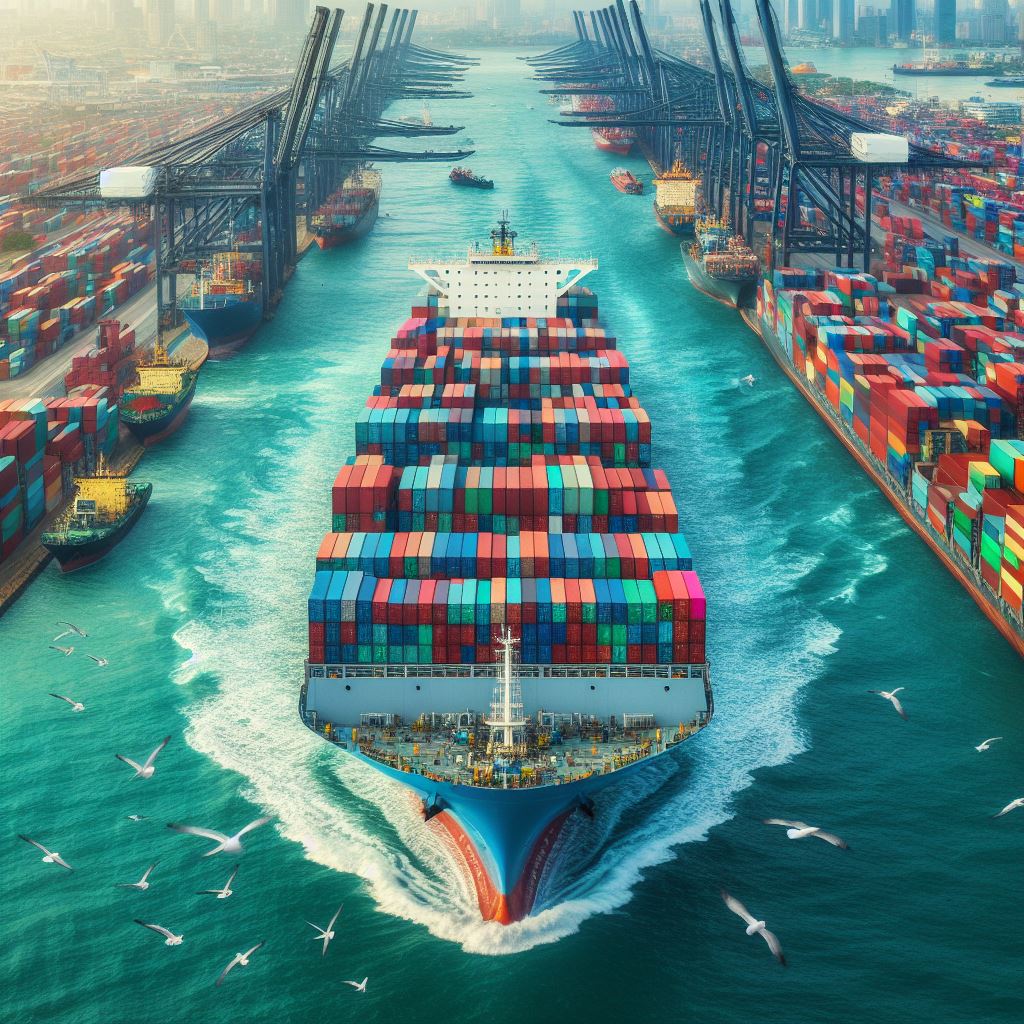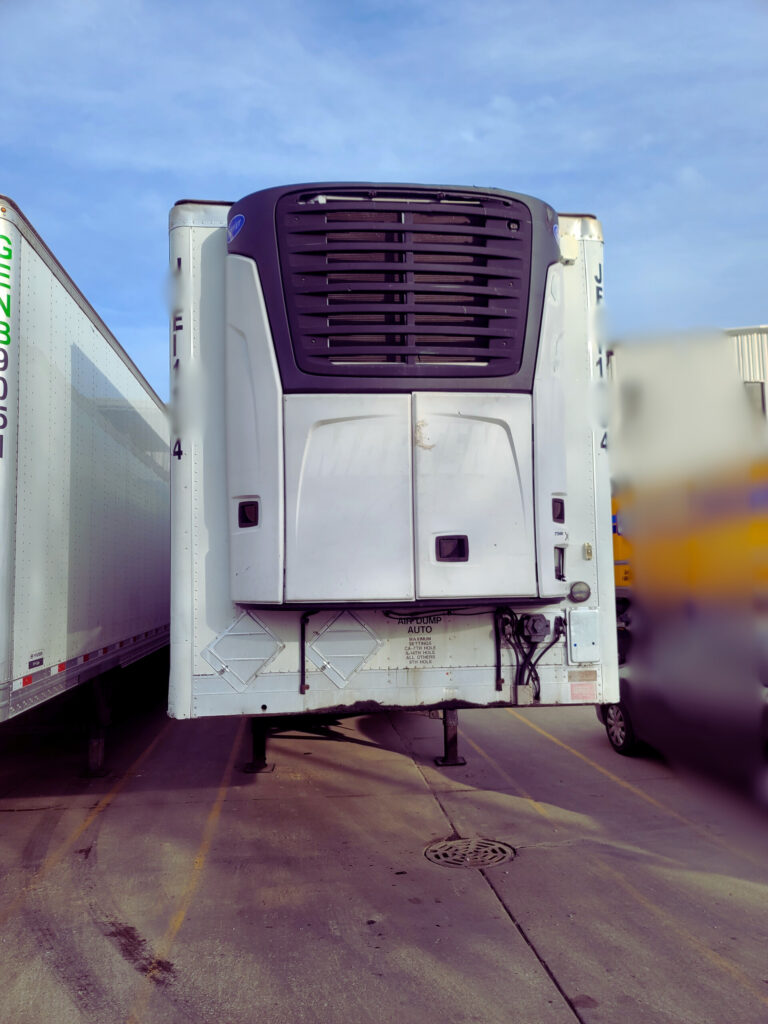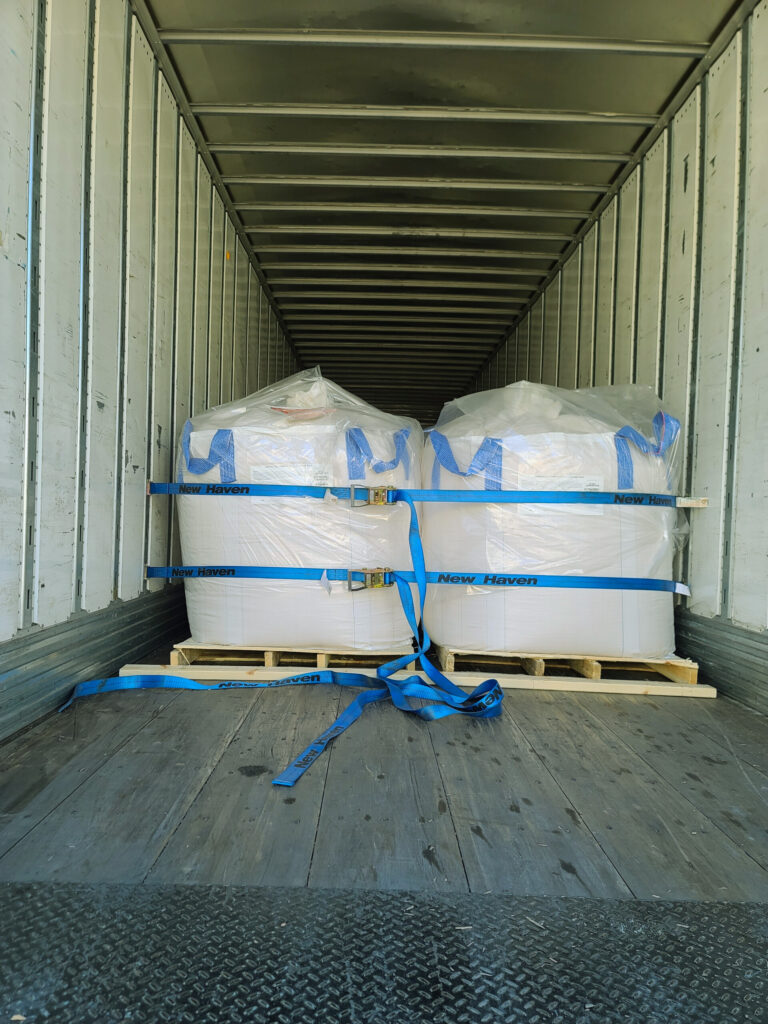
Freight shipping refers to the movement of goods from one location to another using a variety of transportation modes (such as truckload, intermodal, air freight, ocean freight, rail freight, etc.). Businesses across the globe use freight shipping to keep their supply chain and logistics running. The freight shipping service providers (logistics companies) charge businesses a cost to transport their goods, also known as freight shipping rates. While these rates significantly depend on various factors, such as the used shipping capacity, route distance, dimensions of shipments, and fuel prices, they also vary across different transportation modes. In this article, you will learn how shipping rates change with the transportation mode, helping you to navigate which mode best suits your logistics requirements.
How do freight shipping rates vary across different transportation modes?
-
Ocean freight shipping
Ocean freight (sea freight) is one of the most cost-effective shipping modes, allowing businesses to transport goods in bulk over large distances in fewer trips. This mode offers a lower cost per unit because of its broad shipping capacity. Companies can rely on ocean freight shipping to move large volumes of commodities over longer routes. The model is suitable for transporting raw materials, oil and petroleum products, and grains. Various factors can influence ocean freight rates, such as vessel size, route, fuel costs, and port or terminal fees.
-
Rail freight shipping
Like ocean freight, rail freight can move large cargo volumes in a single trip, lowering the shipping costs. Shippers can leverage the efficiency of rail freight by booking unit trains for the transportation of their commodities. Besides cost-effectiveness, rail freight also provides safety and security to the cargo, offering you peace of mind.
-
Truckload Shipping
Truckload shipping is one of the widely used transportation modes. It can be slightly less cost-effective than ocean and rail freight, yet offers competitive rates for businesses that deliver shipments over medium to long routes via roads. Freight shippers use two types of truckload shipping: FTL (Full Truckload) shipping and LTL (Less Than Truckload) shipping. In FTL shipping, an entire truck is dedicated to moving a single shipment. On the other hand, LTL shipping involves the transportation of multiple smaller shipments in a single truck trip. FTL can offer lower costs per shipping unit, and LTL offers a cost-effective shipping solution for businesses that don’t require an entire truck capacity.
-
Intermodal shipping
Intermodal shipping refers to the movement of goods using more than one transportation mode. It combines multiple modes to deliver shipments according to businesses’ logistics needs. Intermodal shipping is a cost-effective yet complex logistics solution as it requires consistent coordination among more than one carrier at a time. The intermodal rates may vary depending on several factors, such as modes used, terminal fees, permit fees, and routes.
-
Air freight shipping
Air freight shipping is the most expensive transportation mode. Businesses rely on air freight to deliver their shipments in shorter times or across the border. One of the most significant reasons for the high air freight rates is its higher operating costs. It uses aircraft as shipping equipment that runs on expensive fuel. This mode is suitable for delivering high-value commodities that can not be transported via rail or ocean freight due to safety and security concerns.
-
Parcel shipping
Parcel shipping is used to transport lightweight packages. This shipping mode is widely used by the e-commerce sector to deliver goods to customers quickly. Parcel shipping works similarly to LTL, as parcels from multiple shippers are consolidated into a truckload. Shippers may have multiple shipping options (standard, first-class, and overnight) in this mode, allowing them to ensure on-time delivery of goods to their customers.
Conclusion
In summary, it’s essential for you to understand how shipping rates vary across different transportation modes. A comprehensive understanding of shipping rates in various transportation modes can enable you to choose the right mode that can meet your transportation needs within your budget. You may also have to consider a variety of factors while determining your freight shipping rates, such as the shipping capacity your goods are using, distances between the origin and destination of your freight, fuel costs, accessorial fees, and additional charges (if applicable). With the right knowledge of shipping rate variation, businesses can make informed decisions while selecting their logistics partner.
VPL Logistics uses a transparent and accurate freight shipping rates system that requires customers to pay only for the capacity they use. We have an easy-to-understand fee structure with no hidden charges, boosting the reliability of our clients.









